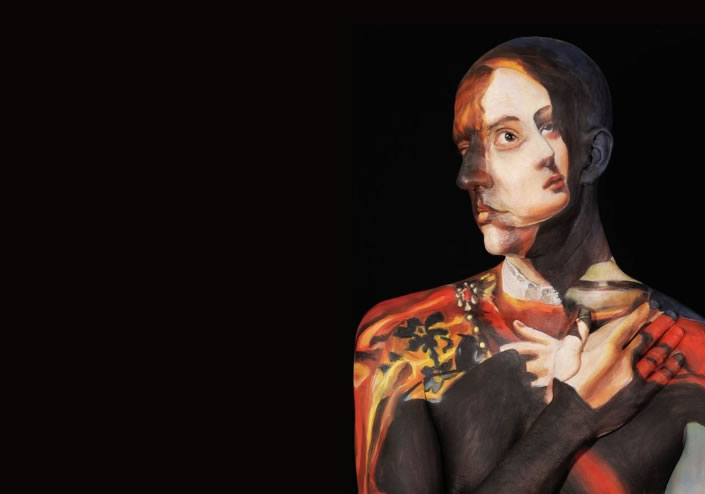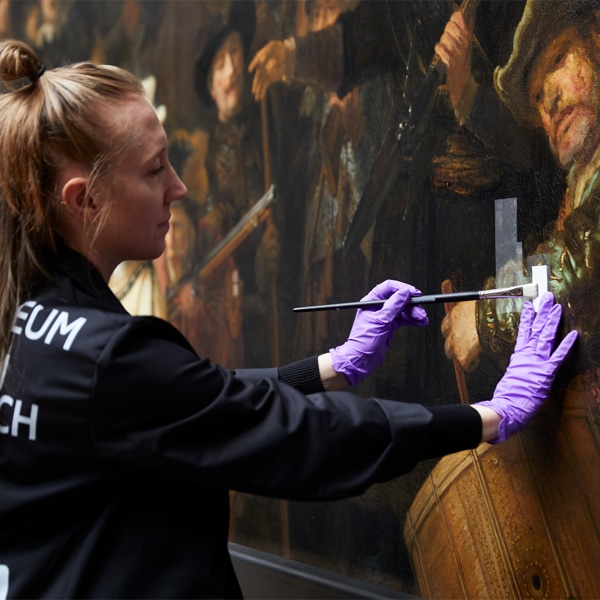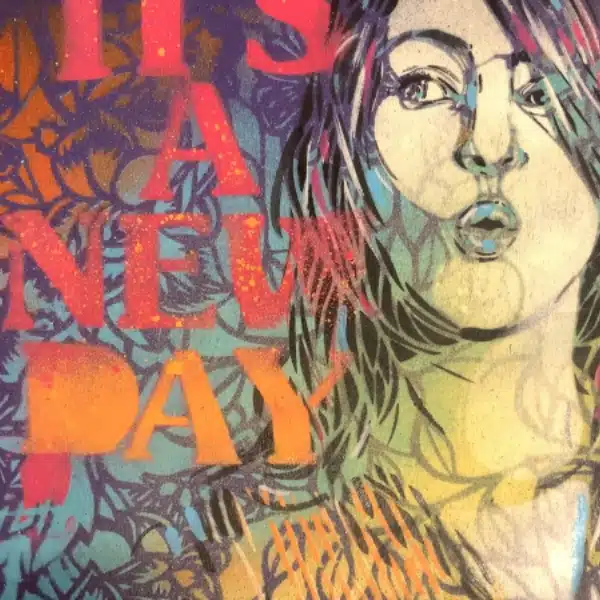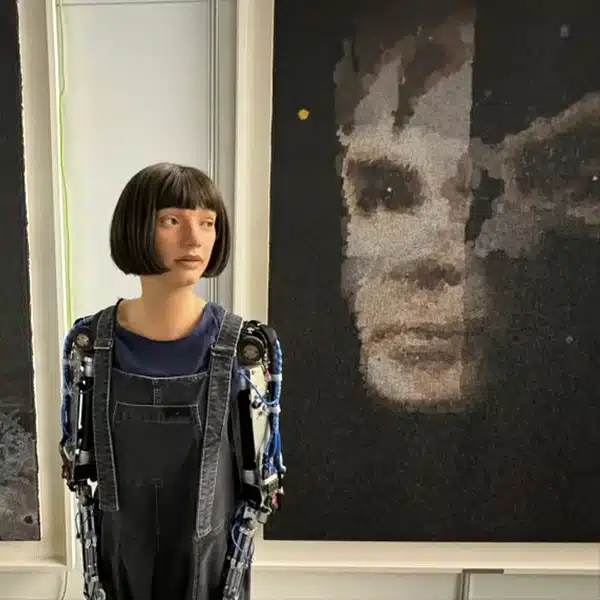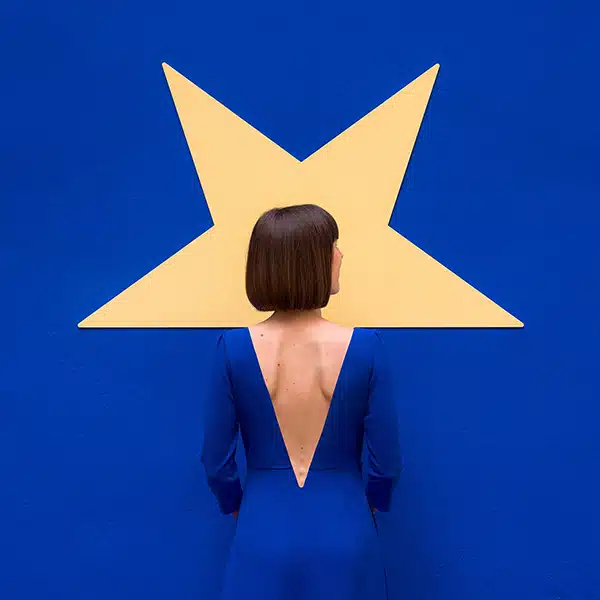Fine art and body painting are two genres that typically aren't associated with each other. As you can see in their “Museum Anatomy” series, Chadwick Gray and Laura Spector were never the type to follow the status kuo. After receiving permission from museums around the world, the artists look for an elaborate painting that will cover Chadwick's body. Usually they request 19th century portraits of women created by native artists and/or paintings which have been stored and hidden from public view due to controversy within the culture. Once the painting begins, the original 19th century painting of a woman, which was painted by a man, is now repainted by a female on a male body in the 21st century. Chadwick admits the 12 to 15 hour process is painful, especially because he has to pose completely still, almost in a meditative trance. Once the intensively executed body painting is completed, the photographs reveal a new work of art where the painting takes on curves and sometimes camouflages the human form.






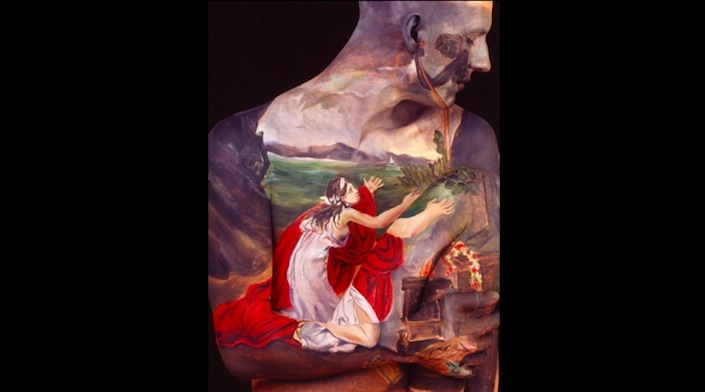


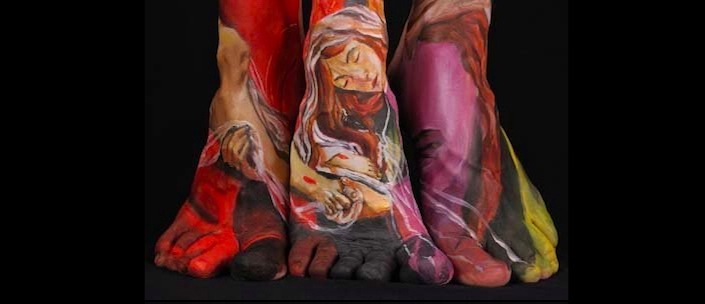





Spector and Chadwick I caught up with Spector and Chadwick and they graciously answered some of my questions: Regarding “Museum Anatomy,” what's the most challenging part about the whole process? Chadwick – Sitting for anywhere from 6 to 15 hours for the painting. Spector – Finishing painting for several hours in a row just to begin focusing on photographing the final image, which sometimes takes another hour. How did you come up with the idea? C & S – A lot of our earlier work was in street performance/body art where we focused on site-specific work. In 1996, we were asked to create a performance for the Berkeley Art Museum and we used the paintings in storage so the works on the body were site-specific to the museum. And, it continued from there. Since then, we've worked with over a dozen museums around the world, having curators take us around their unseen storage facilities. Is the paint easy/hard to work with? Is it hard to get off? Spector- It becomes easier to work with over time. I now have a knack for blending colors and achieving a lot of depth with the paint. It's not really like using oil or acrylic. You can't really paint over it once it's dry, so I have to do it correctly the first time around or I lose time. Chadwick – For the most part, the water-based make up we use, comes off easily with soap and water. Except for, yellows, greens or any other color that has yellow as a base. The yellows seem to stain the skin for a couple of days. Occasionally, I appear to have jaundice. What's the most memorable experience that has resulted from your work? C & S – Trying to hunt down where the 19th century paintings were stored in Prague. It took us about a year to finally find out that many works of art were still hidden since the war in a non-disclosed place. (We can't say where, but we can tell you it's 5 floors underground in catacombs). The artwork became part hide and seek in reality, even before we put the paint onto the body. The people and characters we met along our journey in Prague are unforgettable and their essence can be seen in the work. Thanks for the interview, Spector and Chadwick. Love your work! Chadwick & Spector via [scene 360], [xaxor]
